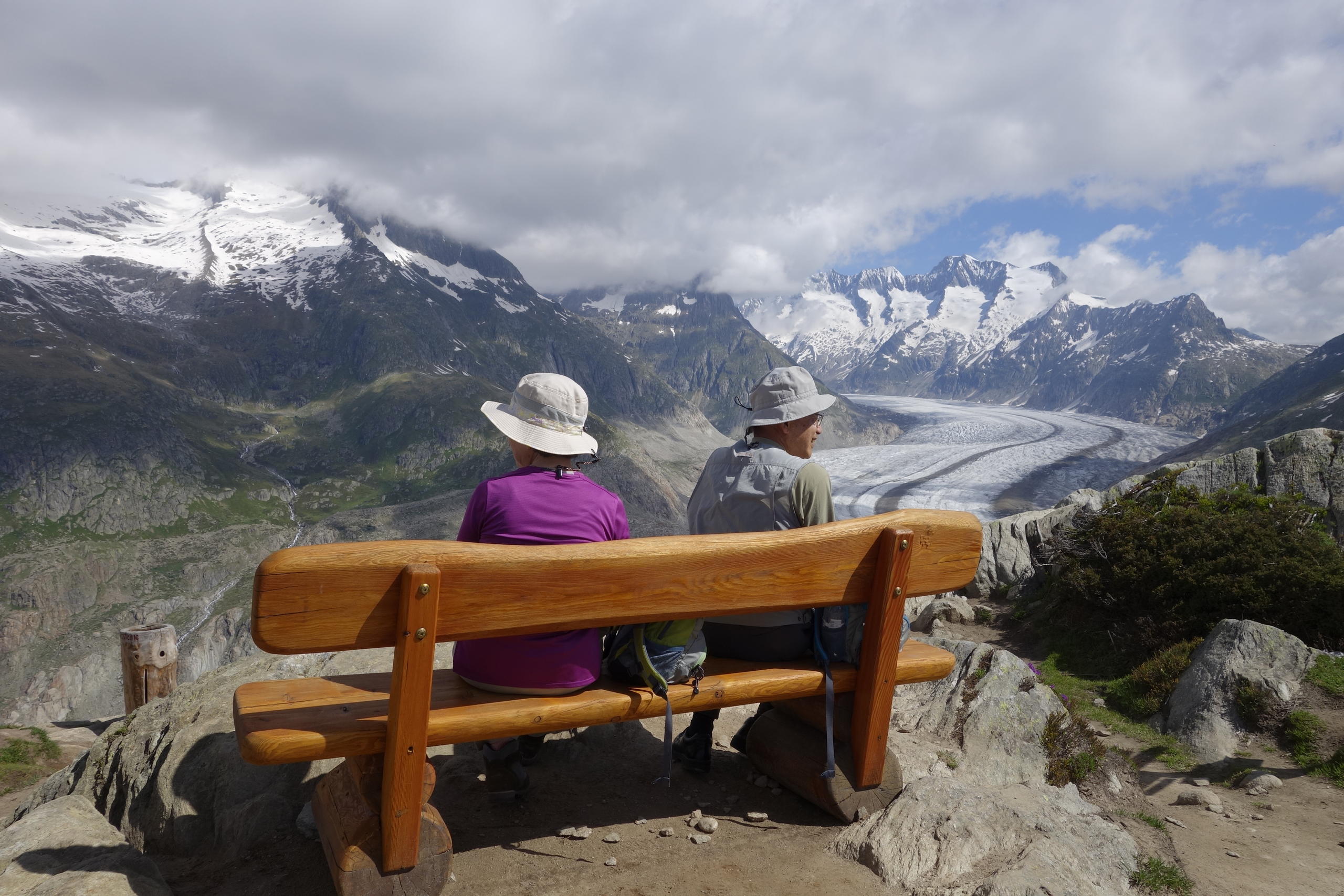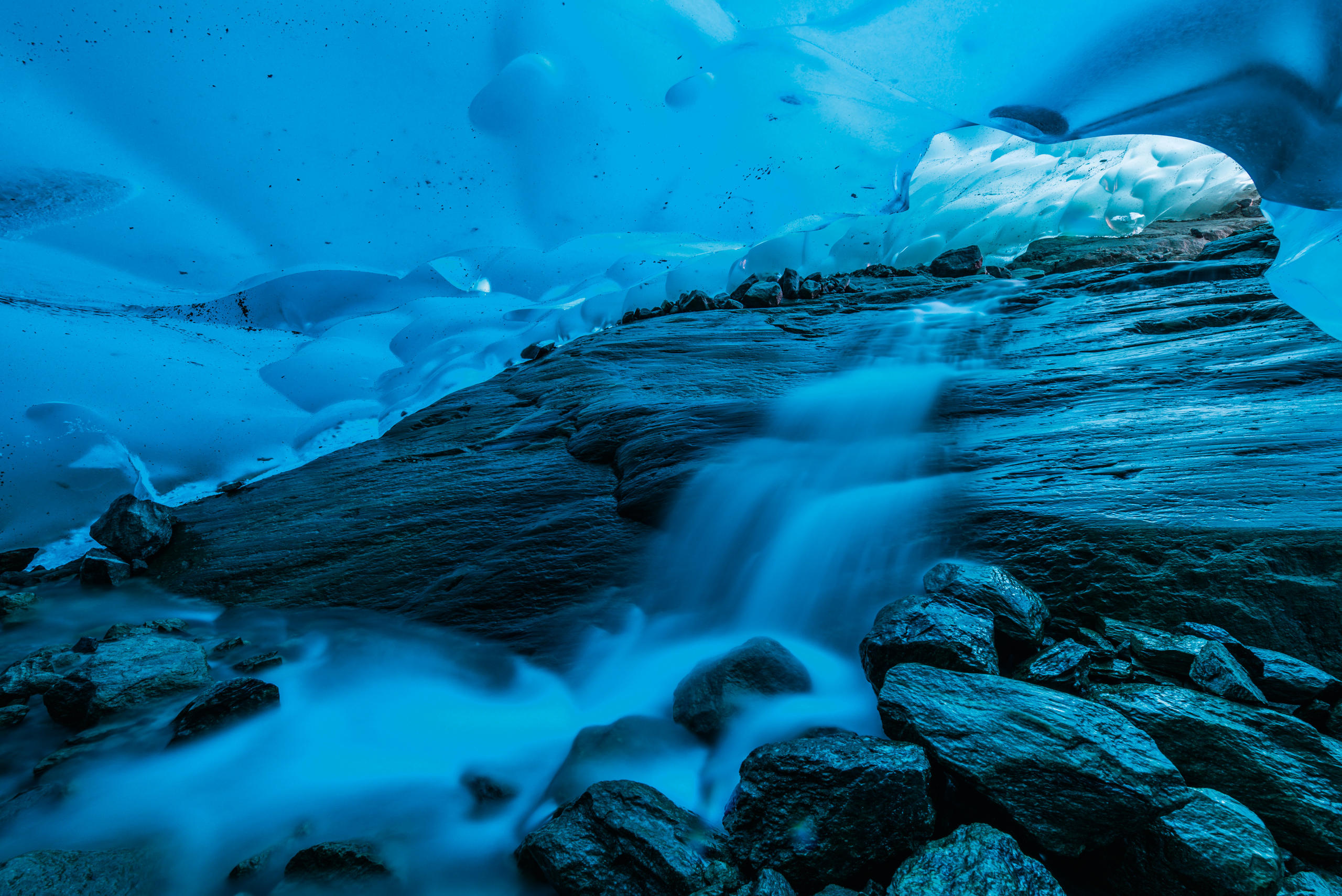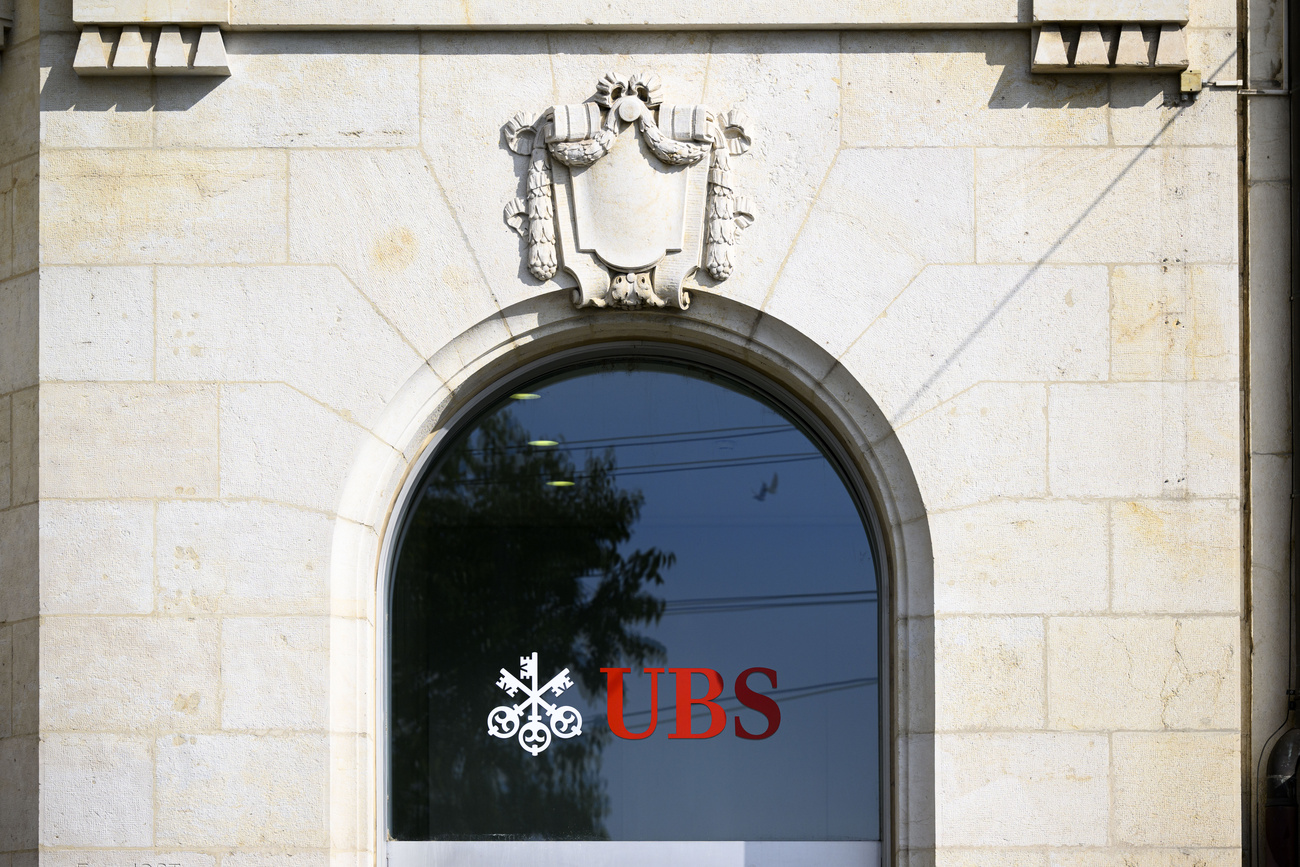
What’s happening to Europe’s longest glacier?

The mighty Aletsch Glacier is melting at an ever-quickening pace and could almost disappear by the end of this century. The shrinking field of ice is just one of a series of dramatic changes to the local region’s landscape and fauna.
From the top of the Moosfluh peak above the village of Riederalp, the sweeping panoramic vista takes your breath away. A huge grey-and-white cracked sea of ice snakes into view from around a distant mountain.
Just below, an elderly Japanese couple munch away on their packed lunch, silently digesting the natural wonder from their balcony seat. “I’ve been here three times in the past 17 years and each time it looks a bit different,” says the man. “It’s narrower now and it used to be much higher. But the curved shape is still just as beautiful.”
Stretching over 23 kilometres, the Aletsch Glacier in canton Valais is the longest in Europe, measuring 1.5 kilometres wide on average and 900 metres at its thickest point.

More
Aletsch
From its source in the Jungfrau mountain region at over 4,000 metres, the glacier flows down the valley at speeds of up to 200m a year. But in recent times it has also been beating a major retreat.
Up here at 2,333 metres, you cannot hear the steady drip of melting ice down below. But over the years the cumulative effect has been devastating.
“Over the past 40 years, the end of the glacier has shrunk by 1,300 metres,” explains Laudo Albrecht, director of Pro Natura’s Aletsch CentreExternal link, located near Riederalp in the heart of the Aletsch region. “But it’s not just shorter; it’s also 200m thinner.”
This year the conservation centre, which pulls in around 17,000 visitors a year, is celebrating its 40th anniversary with a no-holds barred exhibition looking at how the local environment has changed.
Albrecht, who grew up in the region and has worked at the centre for 30 years, has witnessed this first hand. “I feel bad. The Aletsch Glacier belongs to this region. It’s become like a friend who I know quite well, but who is slowly saying goodbye,” he laments.
And things may get much worse over the coming decades. If it continues to melt at this current rate, by the end of this century the surface of the Aletsch Glacier could shrivel from 118 square kilometres (2010) to 35km2, leaving a volume of ice of 1.7 cubic kilometres or less than 10% its current volume, warns the Federal Office for the Environment (BAFU).
[A: indicates surface area of glacier; V: volume of glacier: blue scale on left: thickness of glacier].
“It could all disappear,” says Albrecht. “By the end of this century all other glaciers in Switzerland will be gone. The idea of the Aletsch Glacier disappearing is like Zermatt without the Matterhorn.”
As the glacier retreats, small landslides have been observed in the valley where two geological plates meet. The moving landscape has been a challenge for developers. The Moosfluh cable car, which opened in December 2015, was built with an innovative design that takes into account rock movements of 11 metres horizontal to the northwest and nine metres vertical in the next 25 years.
There are questions, also, whether the Aletsch Glacier will melt into a series of small mountain lakes, as predicted by Swiss researchers in 2014. This comes with potential risks of flooding and landslides, particularly for communities directly below the new lakes.
Alpine plants
Over the next 50-100 years Switzerland could face a three-degree Celsius temperature increase due to climate change. Researchers believe that alpine plants could face not only warmer temperatures, but also deadly competition from unfamiliar species.
Albrecht said no notable changes had been witnessed so far, ‘but that doesn’t mean it’s not happening as it takes time’.
But he says he has observed some small things himself: “The owl fly is an insect normally found in rocky parts of Valais which are dry and hot. Yesterday I saw one for the first time here, which is perhaps a sign that it’s getting warmer and they’re looking for new places to live,” he says.
While not directly linked to climate change, other changes to the local fauna have been observed.
When the Pro Natura conservation centre opened in 1976, deer were a rare sight. Forty years on, around 200-250 live in the 400-hectare Aletsch protected forest in summer, but have become a problem.
“Before the cows used to eat the young larch and pine saplings but now there are so many deer it’s no longer possible to grow any. The deer eat everything,” says Albrecht.
Forty years ago the countryside was populated mainly by cows and goats. Then tourism, ski lifts, chalets and holiday homes took over.
The number of tourist beds at Riederalp has tripled from 2,200 to 6,000 in the past 40 years. Nonetheless, the number of overnight stays has not followed the same upwards curve. There has been a slow increase to 261,078 overnight stays (2015), mostly in winter, while summer is quiet. Over half of the beds in the resort are ‘cold beds’, or empty holiday homes.
“Second home owners spend five to six weeks and numerous weekends in their chalets but the unrented holiday apartments are a problem,” admits Riederalp President Peter Albrecht.
In theory no new building work is possible in Riederalp following the entry into force of the controversial Lex Weber law to restrict the construction of second homes. Forty hectares of construction terrain stand unused in the resort and must be transformed into land for farming and tourism activities. Today 11% of the local population live from farming, while 86% live from tourism.
Officials admit, though, that one of the biggest issues for the local community is not pulling in more tourists, but attracting people to live in Riederalp permanently or preventing rural exodus.

In compliance with the JTI standards
More: SWI swissinfo.ch certified by the Journalism Trust Initiative




























You can find an overview of ongoing debates with our journalists here . Please join us!
If you want to start a conversation about a topic raised in this article or want to report factual errors, email us at english@swissinfo.ch.